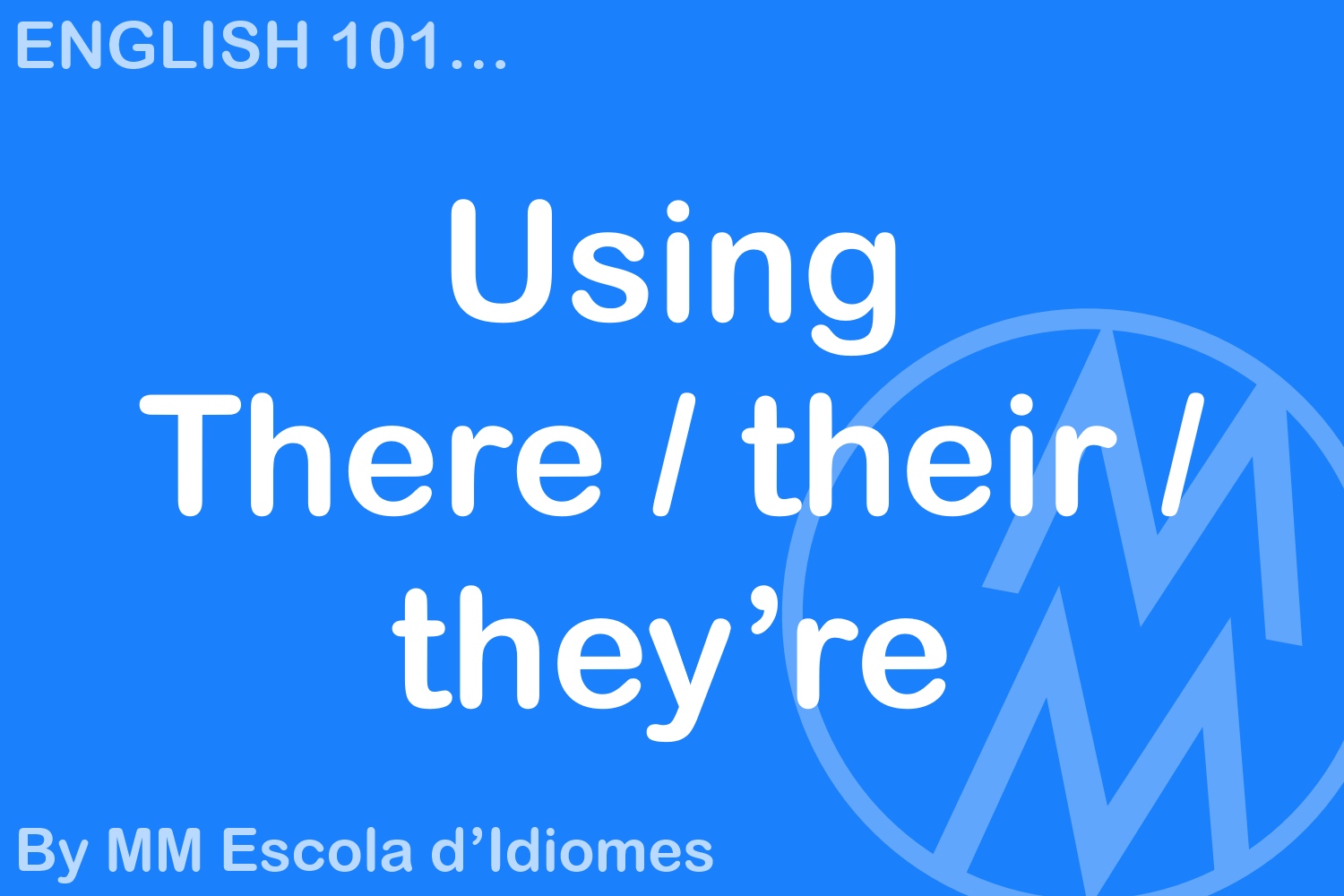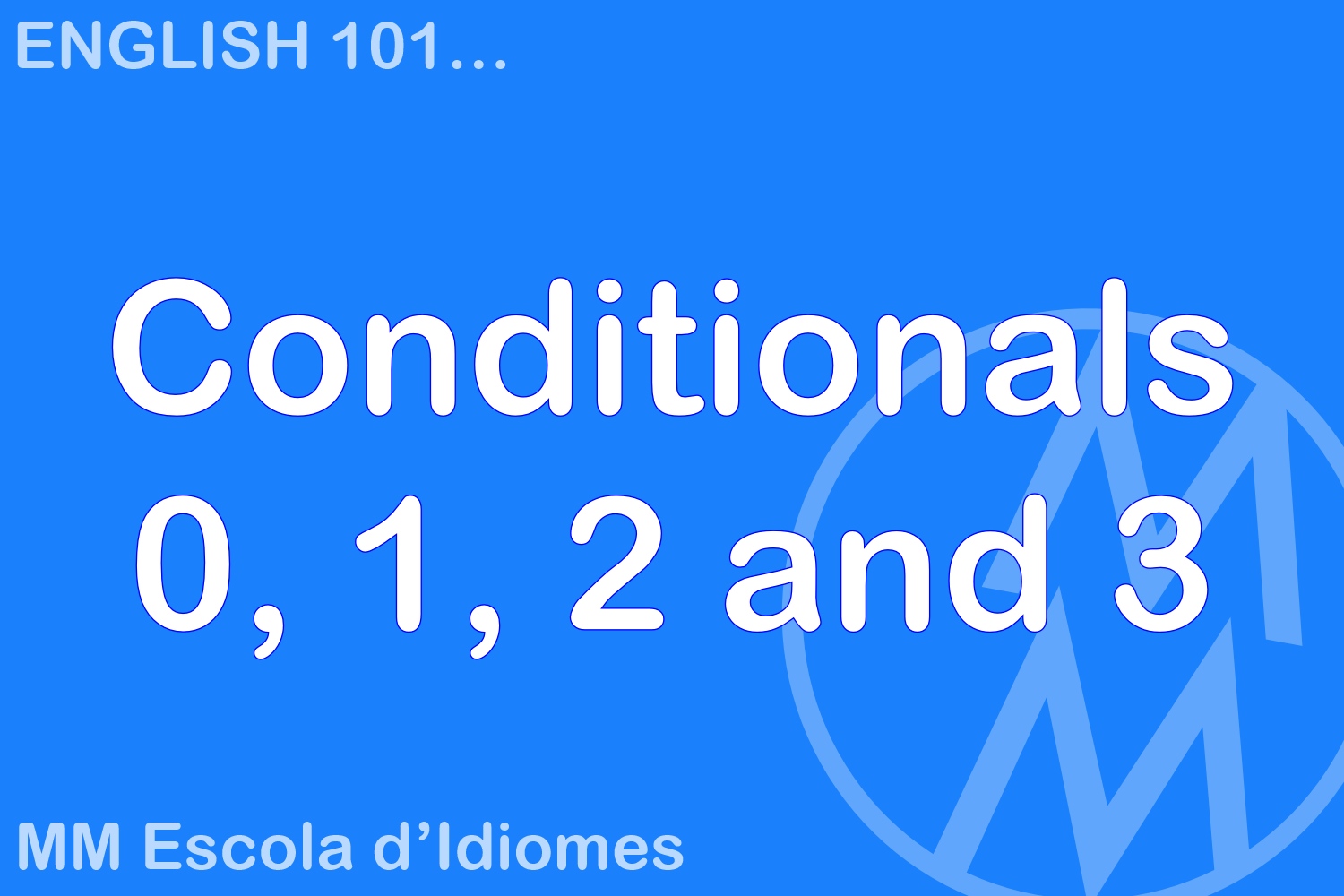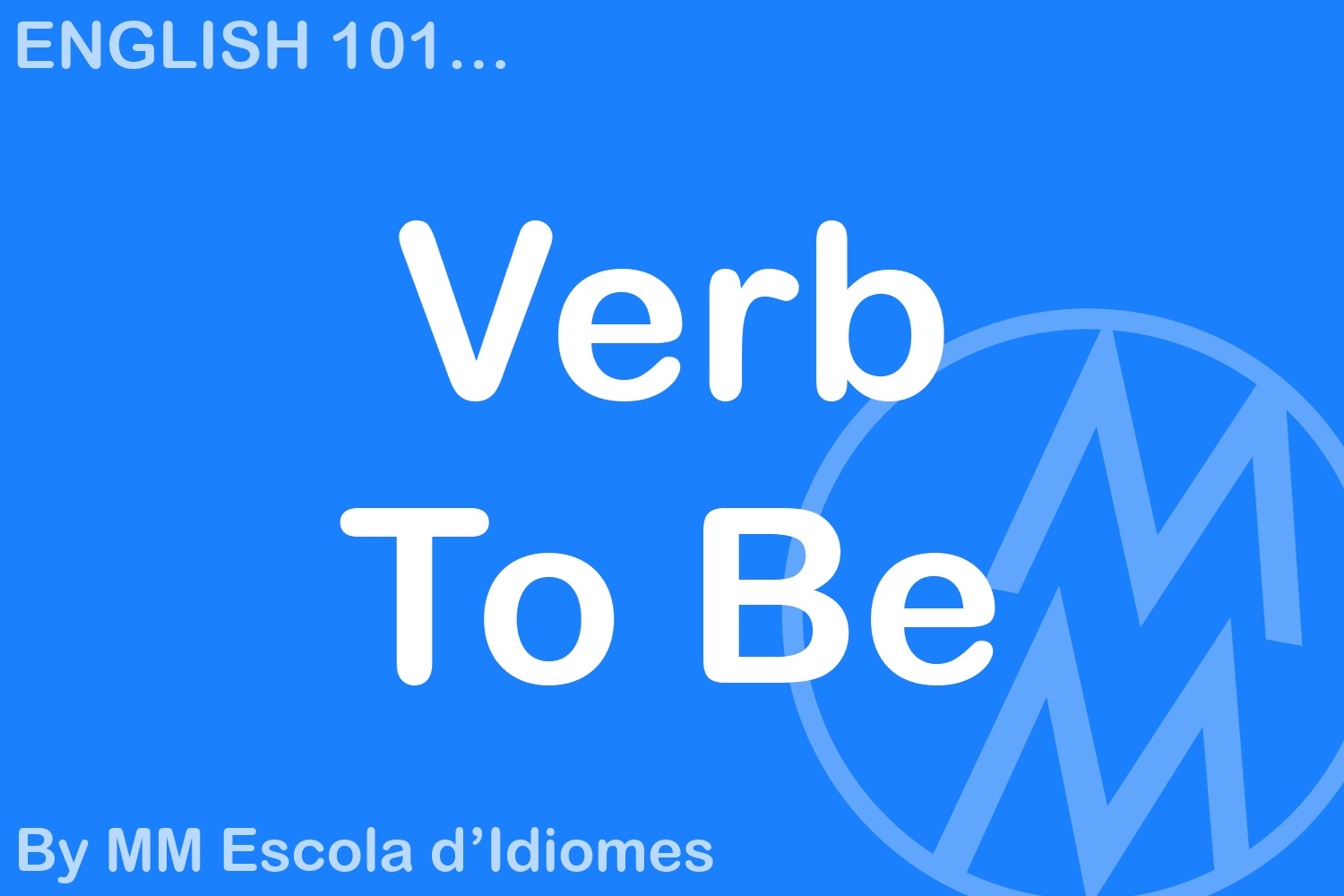Using “there,” “their,” and “they’re”
Using “there,” “their,” and “they’re” If you're learning English, or even if it's your first language, it can be confusing to know when to use "there," "their," or "they're." These three words sound similar but have completely different meanings, and using them incorrectly can make your writing or speech confusing and hard to understand. In this article, we'll break down the differences between "there," "their," and "they're," and provide some helpful tips on when to use each one. "There" is used to refer to a place or location. For example, "I left my keys over there," [...]










